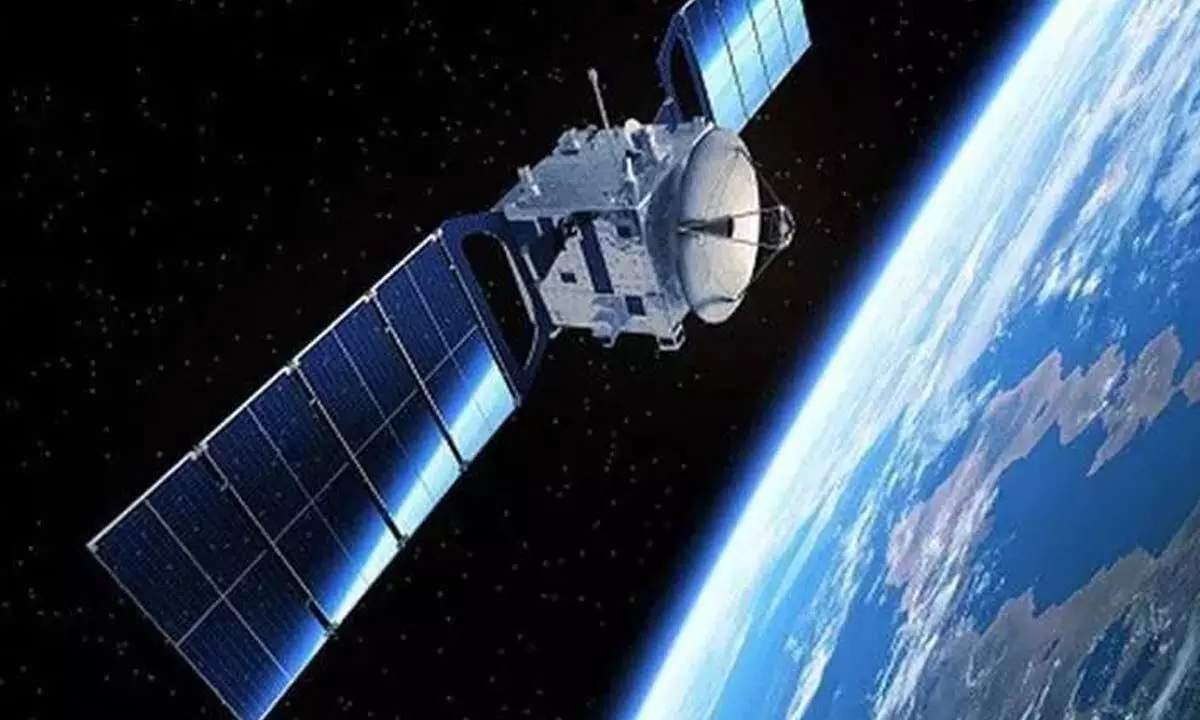ISRO schedules re-entry of aged satellite in safe zone

ISRO schedules re-entry of aged satellite in safe zone
The Indian Space Research Organisation (ISRO) is gearing up for an “extremely challenging” experiment of controlled re-entry of a decommissioned orbiting satellite on Tuesday.
New Delhi: The Indian Space Research Organisation (ISRO) is gearing up for an "extremely challenging" experiment of controlled re-entry of a decommissioned orbiting satellite on Tuesday.
The low Earth satellite, Megha-Tropiques-1 (MT1), was launched on October 12, 2011, as a joint satellite venture of ISRO and the French space agency, CNES for tropical weather and climate studies. An uninhabited area in the Pacific Ocean between 5°S to 14°S latitude and 119°W to 100°W longitude was identified as the targeted re-entry zone for MT1, weighing about 1000 kg. About 125 kg on-board fuel remained unutilised at its end-of-mission that could pose risks for accidental break-up, an ISRO statement noted.
This left-over fuel was estimated to be sufficient to achieve a fully controlled atmospheric re-entry to impact the uninhabited location in the Pacific Ocean. Controlled re-entries involve deorbiting to very low altitudes to ensure impact occurs within a targeted safe zone. Usually, large satellites/rocket bodies, which are likely to survive aero-thermal fragmentation upon re-entry, are made to undergo controlled re-entry to limit ground casualty risk.
However, all such satellites are specifically designed to undergo controlled re-entry at EOL. "MT1 was not designed for EOL operations through controlled re-entry which made the entire exercise extremely challenging", ISRO said. Furthermore, the on-board constraints of the aged satellite, where several systems had lost redundancy and showed degraded performance, and maintaining subsystems under harsher environmental conditions at much lower than originally designed orbital altitude added to the operational complexities. Innovative workarounds were implemented by the operations team based on the study, deliberations, and exchanges among the mission, operations, flight dynamics, aerodynamics, propulsion, controls, navigation, thermal, and other sub-system design teams across the ISRO centres, who worked in synergy to surmount these challenges.
Since August 2022, 18 orbit manoeuvres have been performed to progressively lower the orbit. In between the de-orbiting, aero-braking studies at different solar panel orientations were also carried out to gain better insights into the physical process of atmospheric drag affecting the orbital decay of the satellite.
The final de-boost strategy has been designed after taking into consideration several constraints, including visibility of the re-entry trace over ground stations, ground impact within the targeted zone, and allowable operating conditions of subsystems, especially the maximum deliverable thrust and the maximum firing duration of the thrusters.
















